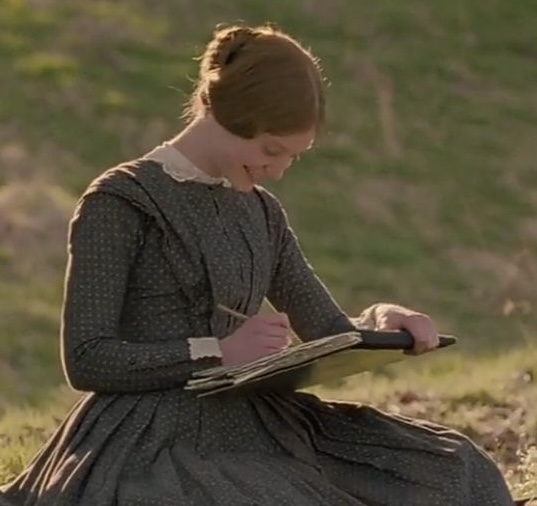The Working Memory Model
Cards (7)
- The Working Memory Model - Baddeley and Hitch (1974)
- The Central Executive - A filter which monitors and co-ordinates the activity of the other components.
- The Episodic Buffer - This was added by Baddeley in 2000, after the model failed to explain the result of various studies. It acts as a backup store That communicates with the LTM and working memory.
- The Phonological Loop
- Articulatory Control System - inner voice / a verbal rehearsal system.
- Phonological Store - inner ear / memory trace lasts 1.5 - 2 seconds if not refreshed by the Articulatory Control System.
- Strengths:
- Improvement from the Multi Store Model
- Supporting research by Baddeley on dual task performance (however this could be bias as he made the model)
- Brain damage of KF -STM problems were greater for auditory than visual
- Model interactive / dynamic
- Practical applications - dual coding helps you remember
- Scientifically robust (equipment used)
- Limitations:
- The role of the Central Executive is unclear (case study of EVR)
- Research from Baddeley is bias
- Case studies only on brain damaged patients
- Doesn’t leave room for individual experience
- Limited research support
- Dual task research lacks ecological validity
- Case study - EVREVR had a cerebral tumour removed. He performed well on reasoning skills, suggesting is Central Executive was in tact, but poorly on decision making, suggesting it wasn’t.
